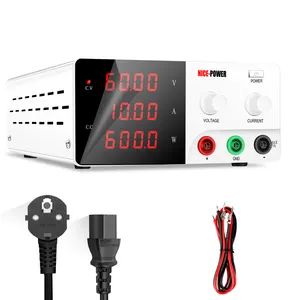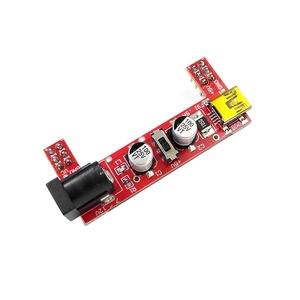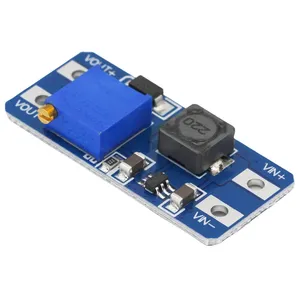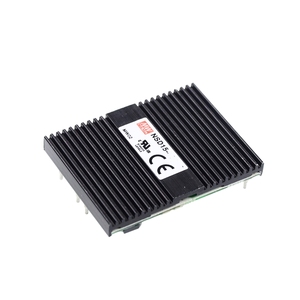Arduino Programmable Power Supply



































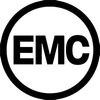















 CN
CN


















 CN
CN


About arduino programmable power supply
Where to Find Arduino Programmable Power Supply Suppliers?
China remains the central hub for electronics manufacturing, with Shenzhen serving as the core region for programmable power supply production. The city's dense ecosystem of component suppliers, PCB fabricators, and firmware developers enables rapid prototyping and scalable output for Arduino-compatible power modules. Most suppliers operate within vertically integrated facilities that support full-cycle production—from SMT assembly to final testing—reducing lead times and enabling cost-efficient batch processing.
The cluster advantage in Shenzhen allows for tight coordination between design engineers and production teams, facilitating quick iterations for custom configurations. Suppliers leverage localized access to ICs (e.g., LM2596, MP2307), connectors, and display units to maintain inventory flexibility and reduce material procurement delays. This integration supports typical lead times of 15–25 days for standard orders, with MOQs often starting at 10 pieces. Buyers benefit from 20–35% lower unit costs compared to equivalent sourcing in North America or Europe, particularly for DC-DC buck converters and digitally controlled linear supplies.
How to Choose Arduino Programmable Power Supply Suppliers?
Effective supplier selection requires rigorous evaluation across technical, operational, and transactional dimensions:
Technical Capability Verification
Confirm compatibility with Arduino-based control systems, including PWM input support, analog feedback interfaces, and I²C/SPI communication protocols. Evaluate product specifications for voltage regulation accuracy (±1% typical), ripple noise levels (<50mV), and load/line transient response. For programmable models, verify onboard microcontroller integration (e.g., STM8, ATmega) and firmware update mechanisms.
Production & Quality Assurance
Assess supplier infrastructure through key indicators:
- In-house SMT and DIP production lines for consistent assembly quality
- Automated optical inspection (AOI) and aging tests applied to ≥80% of finished units
- Compliance with RoHS and CE standards, where applicable
Prioritize suppliers with documented QC processes and on-time delivery rates exceeding 95%. Cross-reference response times (ideally ≤4 hours) as a proxy for post-order support efficiency.
Customization and Transaction Security
Many suppliers offer configurable options including output voltage range, current limiting thresholds, display types (LED/LCD), and enclosure materials. Validate customization feasibility through engineering consultations prior to order placement. Use secure payment methods with milestone-based releases, especially for prototype development or low-volume trials. Request sample units to test stability under variable loads before scaling procurement.
What Are the Best Arduino Programmable Power Supply Suppliers?
| Company Name | Location | Online Revenue | On-Time Delivery | Avg. Response | Reorder Rate | Min. Order | Product Range | Customization |
|---|---|---|---|---|---|---|---|---|
| Shenzhen Bluetech Technology Co., Ltd. | Shenzhen, CN | US $60,000+ | 100% | ≤8h | <15% | 10 pcs | 5 | Yes |
| Shenzhen Kuaiqu Electronic Co., Ltd. | Shenzhen, CN | US $50,000+ | 100% | ≤4h | <15% | 1 pc | 4 | No |
| Shenzhen Bodunbaili Electronic Co., Ltd. | Shenzhen, CN | US $100,000+ | 100% | ≤3h | <15% | 1 pc | 5 | Yes |
| Shenzhen Tuozhanteng Electronic Components Co., Ltd. | Shenzhen, CN | US $110,000+ | 95% | ≤8h | <15% | 1–20 pcs | 3 | No |
| Shenzhen Boyida Electronics Co., Ltd. | Shenzhen, CN | US $50,000+ | 91% | ≤2h | <15% | 5 pcs | 4 | No |
Performance Analysis
Shenzhen Bodunbaili leads in responsiveness and transaction volume, offering high-power programmable units up to 300W with sub-3-hour average reply times. Shenzhen Bluetech and Bodunbaili provide customization capabilities for branding, packaging, and electrical parameters—critical for OEM integrations. Kuaiqu Electronic stands out with single-unit MOQs and higher-end lab-grade supplies, though lacks customization. Tuozhanteng reports the highest online revenue, indicating strong market penetration in entry-level DC-DC modules priced below $1. Suppliers with 100% on-time delivery records demonstrate reliable logistics execution, while those below 95% may pose fulfillment risks for time-sensitive projects.
FAQs
How to verify Arduino programmable power supply supplier reliability?
Validate compliance with electronic safety standards such as CE, FCC, and RoHS where declared. Request test reports for thermal performance, short-circuit protection, and efficiency curves across load ranges. Analyze customer feedback focused on long-term reliability and consistency in output regulation.
What is the typical sampling timeline?
Standard samples are shipped within 3–7 days after payment. Customized units require 10–15 days for configuration and testing. Air freight adds 5–9 days for international delivery, depending on destination.
Can suppliers ship globally?
Yes, most suppliers offer international shipping via express carriers (DHL, FedEx) or sea freight for bulk orders. Confirm Incoterms (FOB, CIF) and ensure proper documentation for customs clearance, particularly for lithium-containing components or regulated power equipment.
Do suppliers provide free samples?
Free samples are uncommon for programmable power supplies. Sample fees typically apply but may be credited toward future bulk orders. Expect costs ranging from $5–$50 per unit, depending on complexity and power rating.
How to initiate customization requests?
Submit detailed requirements including input/output voltage/current, control interface (analog/digital), physical dimensions, and desired protections (OVP, OCP, OTP). Suppliers with customization tags can adjust firmware, labeling, and housing design—request prototypes or 3D renderings before mass production.











